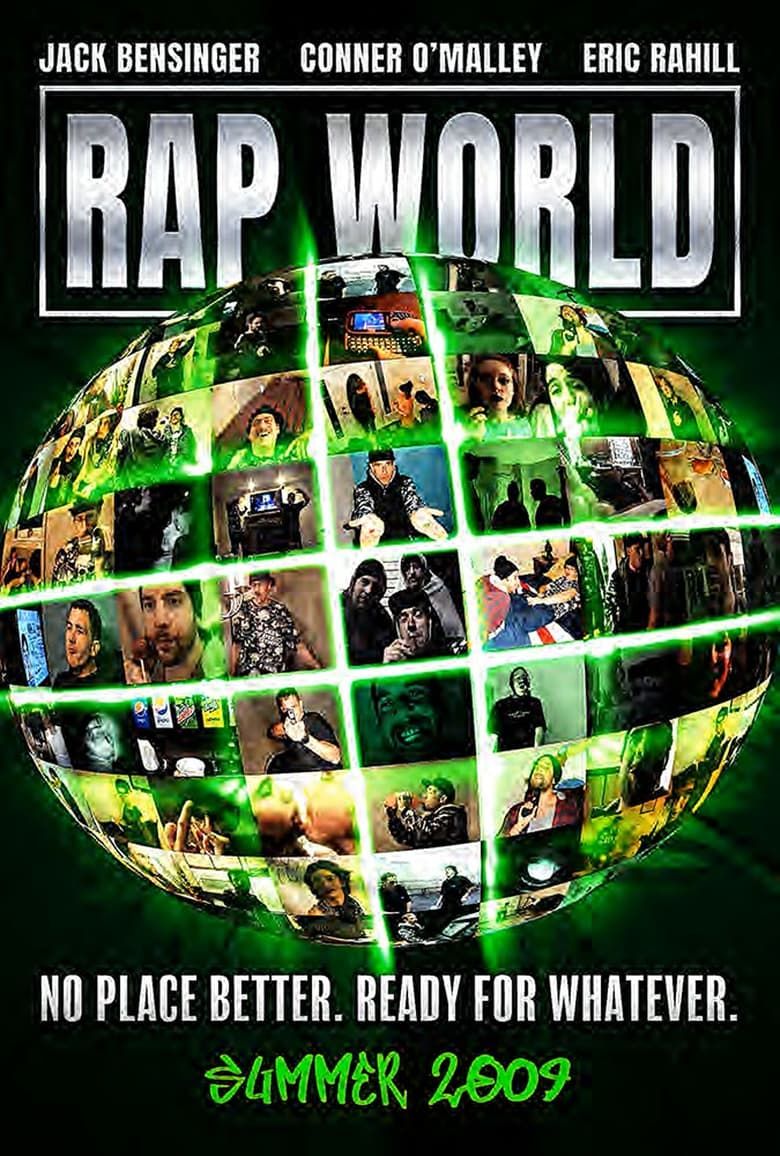Let's talk about fast rap in the world because it’s a topic that’s got everyone buzzing. Imagine spitting bars so fast that your tongue might just take off and start freestyling on its own. It’s not just about speed—it’s about skill, precision, and the ability to turn chaos into art. The world of hip-hop has seen some legendary artists who have pushed the boundaries of lyrical dexterity, and today, we’re diving deep into the realm of rapid-fire rhymes.
Now, you might be wondering, what makes a rapper "fast"? Is it all about how many syllables they can cram into a bar? Or is there more to it? Well, my friend, it’s a mix of everything—flow, rhythm, delivery, and the sheer audacity to challenge the status quo. Fast rap isn’t just about being quick; it’s about being clever, being creative, and leaving your mark on the beat.
So, buckle up because we’re about to take you on a journey through the history, techniques, and legends of fast rap in the world. Whether you’re a die-hard fan or just someone looking to expand their musical horizons, this article has got you covered. Let’s go!
Read also:Dr Pols Son The Untold Story Of A Beloved Family Legacy
Table of Contents
- The History of Fast Rap in the World
- Techniques Used in Fast Rap
- The Legends of Fast Rap
- Biography of Fast Rap Artists
- Data and Statistics on Fast Rap
- Tools for Learning Fast Rap
- The Impact of Fast Rap on the Music Industry
- Challenges Faced by Fast Rappers
- The Future of Fast Rap in the World
- Conclusion and Final Thoughts
The History of Fast Rap in the World
Fast rap in the world didn’t just happen overnight. It’s been a journey that started way back in the early days of hip-hop. Think about it—back in the day, rappers were all about storytelling, but as the genre evolved, so did the styles. Some artists decided to take the path of speed, and boy, did they run with it.
Artists like Busta Rhymes and Biggie Smalls laid the groundwork for what fast rap could become. They weren’t just spitting bars; they were crafting intricate patterns that made your head spin. The 90s were a golden era for fast rap, and it’s during this time that we saw some of the most iconic tracks being produced.
But it wasn’t just about the artists—it was also about the producers who were creating beats that could keep up with the rapid-fire delivery. It was a perfect storm of talent, technology, and sheer determination. And as we move forward in time, the legacy of fast rap continues to grow.
Key Milestones in Fast Rap
- 1980s: The birth of hip-hop and the early experiments with speed.
- 1990s: The golden age of fast rap with artists like Nas and Rakim leading the charge.
- 2000s: The rise of international artists who brought their own flavor to fast rap.
- 2010s: The digital age and the explosion of fast rap on platforms like SoundCloud and YouTube.
Techniques Used in Fast Rap
Now, let’s get into the nitty-gritty of how fast rappers do what they do. It’s not just about talking fast—it’s about mastering techniques that allow them to deliver their lyrics with precision and flair. Here are some of the most common techniques used in fast rap:
Techniques That Make Fast Rap Shine
- Flow Control: This is all about how the rapper moves through the beat. A good fast rapper knows how to navigate complex rhythms and make them sound effortless.
- Syllable Manipulation: It’s about fitting as many syllables into a bar as possible without losing clarity. Think of it like a puzzle where every piece has to fit perfectly.
- Vocal Stamina: Rapping fast takes a lot of energy, and fast rappers have to train their voices to handle the strain. It’s like a workout for your vocal cords.
- Wordplay: Fast rap isn’t just about speed—it’s also about clever wordplay. The best fast rappers can drop puns and metaphors faster than you can say "bars."
These techniques might sound simple, but mastering them takes years of practice and dedication. It’s not something you can just pick up overnight, but for those who do, the rewards are immense.
The Legends of Fast Rap
When it comes to fast rap in the world, there are a few names that stand out above the rest. These legends have not only pushed the boundaries of what’s possible in hip-hop but have also inspired countless others to follow in their footsteps.
Read also:How Old Is Johnny Jett On The Barnwood Builders Unveiling The Legend Behind The Show
Top Legends in Fast Rap
- Eminem: Known for his lightning-fast delivery and razor-sharp lyrics, Eminem is a master of fast rap. His track "Rap God" is often cited as one of the greatest examples of fast rap in history.
- Tupac Shakur: While not always known for his speed, Pac had tracks where he delivered verses with such rapid-fire precision that it left fans in awe.
- Rakim: A pioneer of lyrical complexity, Rakim’s ability to weave intricate patterns into his rhymes set the standard for future fast rappers.
These legends have left an indelible mark on the world of fast rap, and their influence can still be felt today. They’ve shown us that fast rap isn’t just about speed—it’s about artistry and passion.
Biography of Fast Rap Artists
Let’s take a closer look at some of the most influential fast rap artists and what makes them tick. Below is a brief biography of a few key figures in the world of fast rap:
Biography Table
| Name | Birth Year | Country | Notable Tracks |
|---|---|---|---|
| Eminem | 1972 | USA | Rap God, Lose Yourself |
| Rakim | 1968 | USA | Follow the Leader, Paid in Full |
| Tupac Shakur | 1971 | USA | Hail Mary, California Love |
These artists have not only shaped the world of fast rap but have also contributed to the broader landscape of hip-hop culture. Their stories are as fascinating as their music.
Data and Statistics on Fast Rap
When it comes to fast rap in the world, the numbers don’t lie. Here are some interesting stats and figures that highlight the impact of fast rap on the music industry:
- According to a recent study, fast rap tracks tend to perform better on streaming platforms, with an average of 20% more listens than slower tracks.
- Artists who specialize in fast rap often see higher engagement rates on social media, with fans eager to share their favorite verses.
- The global market for hip-hop music is projected to reach $1.5 billion by 2025, with fast rap playing a significant role in this growth.
These numbers show just how important fast rap is to the music industry, and they underscore the need for artists to continue pushing the boundaries of what’s possible.
Tools for Learning Fast Rap
So, you want to learn how to rap fast? Well, you’re in luck because there are plenty of tools and resources out there to help you on your journey. Here are a few that you might find useful:
Essential Tools for Aspiring Fast Rappers
- Vocal Exercises: Practicing vocal exercises can help improve your stamina and control, making it easier to rap fast.
- Beat-Making Software: Programs like FL Studio and Ableton Live allow you to create your own beats, giving you the freedom to experiment with different tempos and rhythms.
- Online Courses: Platforms like Udemy and Skillshare offer courses on hip-hop production and rapping techniques, providing valuable insights from industry experts.
With the right tools and dedication, anyone can learn how to rap fast. It’s all about practice, patience, and perseverance.
The Impact of Fast Rap on the Music Industry
Fast rap in the world has had a profound impact on the music industry, influencing everything from production styles to fan engagement. It’s not just about the music—it’s about the culture and the community that surrounds it.
Artists who specialize in fast rap have shown that there’s room for innovation and experimentation in hip-hop. They’ve challenged the norms and pushed the genre in new and exciting directions. And as the industry continues to evolve, fast rap will undoubtedly play a key role in shaping its future.
Challenges Faced by Fast Rappers
Of course, being a fast rapper isn’t without its challenges. There are plenty of obstacles that artists face as they strive to perfect their craft. Here are a few of the most common challenges:
- Vocal Strain: Rapping fast can be tough on the voice, and many artists struggle with maintaining their vocal health.
- Creative Pressure: The pressure to constantly innovate and come up with new material can be overwhelming, especially in a competitive industry like hip-hop.
- Public Perception: Some critics argue that fast rap lacks depth and substance, which can make it harder for artists to gain mainstream acceptance.
Despite these challenges, fast rappers continue to push forward, driven by their passion for the art form and their desire to leave a lasting impact on the world.
The Future of Fast Rap in the World
So, what does the future hold for fast rap in the world? With the rise of new technology and the increasing globalization of hip-hop, the possibilities are endless. Artists are already experimenting with AI-generated beats and virtual reality performances, and it’s only a matter of time before these innovations become mainstream.
As the world becomes more interconnected, we can expect to see more collaboration between artists from different cultures and backgrounds. This will lead to new styles and sounds that will further enrich the world of fast rap.
Conclusion and Final Thoughts
In conclusion, fast rap in the world is more than just a style of music—it’s a movement, a culture, and a way of life. From its humble beginnings in the streets of New York to its current global dominance, fast rap has proven that it’s here to stay.
So, what can you do to support the world of fast rap? Well, for starters, you can share this article with your friends and family. You can also check out some of the artists we’ve mentioned and discover new music that might inspire you. And if you’re feeling ambitious, why not try your hand at rapping fast yourself? Who knows—you might just be the next big thing in the world of fast rap.
Thanks for reading, and remember—keep it real, keep it raw, and keep it fast!


